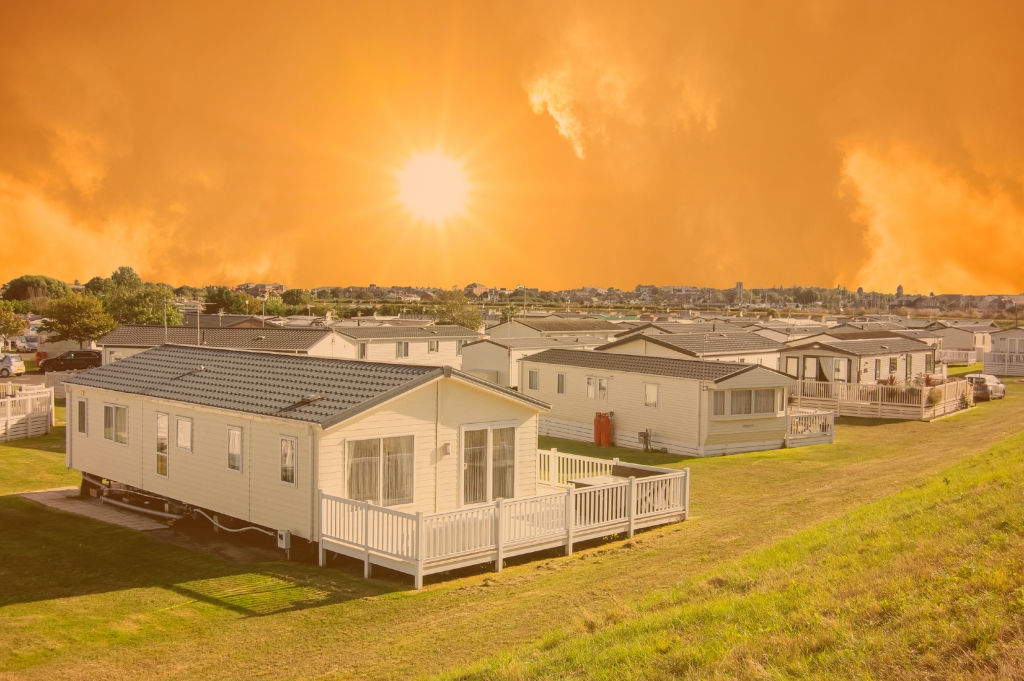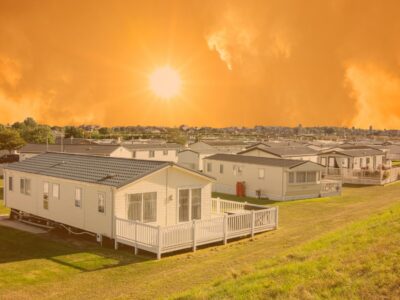Hey there, folks. Today, we’re diving into something that hits close to home for many Californians—literally. It’s all about staying cool, and not just with a fresh lemonade in hand, but by ensuring our homes can beat the heat waves that seem to be more intense and frequent than ever before. So, what’s the Golden State doing about it? Let’s talk about AB 209, a piece of legislation that’s as hot as the issue it’s tackling.
California Takes the Heat: Introducing AB 209
Picture this: It’s a scorching summer day, and you’re seeking refuge in your home, expecting a break from the relentless sun. But what if your home is just as sweltering? Enter AB 209, California’s answer to the rising thermometer readings. This law isn’t just about setting up some fans and calling it a day. It’s a thorough approach to ensuring that when the mercury climbs, Californians don’t have to sweat it out indoors.
Inside AB 209: A Look at the Blueprint for Cooler Homes
So, what’s the deal with AB 209? It boils down to two main goals. First, the state’s Department of Housing and Community Development (HCD) is tasked with figuring out what the maximum safe indoor air temperature should be across all residential units. And second, they’ve got to come up with policies to help homes maintain these cool standards. But here’s the catch: they’ve got until January 1, 2025, to deliver these recommendations to the California Legislature. To get the job done, HCD is teaming up with the brainiacs over at UC Berkeley’s Center for the Built Environment. Together, they’re the dynamic duo known as the AB 209 Stakeholder Working Group.
The Stakeholder Working Group: A Melting Pot of Ideas
The Stakeholder Working Group isn’t just a bunch of suits in a room talking about thermostats. They’re reaching out to the community, checking in with organizations focused on housing, health, tenant rights, and environmental justice. They host these quarterly meetings to spill the beans on their progress and then open the floor for feedback. It’s democracy in action, folks.

Now, while they’ve been busy bees discussing the nitty-gritty of safe indoor temperatures, they haven’t yet laid out the blueprint for how to keep homes cool. And let’s not forget about mobile homes, which are often overlooked but play a huge part in the housing scene and are especially vulnerable to heat.
Mobile Homes: The Underdogs of Heat Resilience
Let’s shine a spotlight on mobile homes, shall we? In California, over 5,000 active mobile home parks are more than just a place to crash—they’re a major source of affordable housing for about 1.6 million people. But here’s the rub: many of these homes are old, not exactly built for battling heat waves, and often found in areas that get the brunt of the heat. This combo means that folks living in mobile homes are way more likely to face the deadly consequences of extreme heat. And it’s even tougher for the Polanco parks, home to Latino immigrant communities, where the infrastructure is often lacking.
So, when we talk about keeping homes cool, mobile homes can’t be left in the dust. They’re a key piece of the puzzle, and the AB 209 Working Group needs to keep them in mind if we’re going to prevent unnecessary heat-related tragedies.
Advocating for Change: The Role of UCLA’s Environmental Law Clinic
Here’s where the story gets personal. Cassandra Vo, a bright J.D. candidate at UCLA Law with a passion for environmental law, got to roll up her sleeves and dive into this issue. She helped the nonprofit Leadership Counsel for Justice and Accountability (LCJA) make sure that mobile home residents get the protection they need. Cassandra and her team provided some powerful testimonies and penned a formal comment letter to the Working Group, emphasizing the urgency of robust protections for mobile home dwellers.
The letter, backed by LCJA and its allies, laid it all out for the Working Group. And with the next report due before the June 4 meeting, there’s a real sense of hope that these recommendations will make a difference for all Californians, no matter where they call home.
Technological Solutions: The Cool Side of Environmental Law
Now, let’s switch gears and talk tech. When it comes to beating the heat, there’s some pretty cool stuff out there—like solar-powered absorption cycle cooling. It’s like giving your home a pair of sunglasses. This tech uses heat to work its magic, separating substances like ammonia and water, and then cooling down your space. It’s not just for RVs anymore; even solar-powered coolers are in on the action.
Companies like Energy Concepts in Maryland are stepping up their game, creating systems that work with the sun’s schedule, like the ISAAC icemaker that doesn’t even need power. Imagine that in California, where you could have a tank of ice slush buried in your backyard, ready to keep your home as cool as a cucumber.
But here’s the kicker: all this isn’t just fancy engineering talk. It’s about connecting the dots between technology and environmental law. Sometimes, the answer to our problems is collecting dust on a shelf, and with the right policies, these solutions could make a world of difference.
Think of it like a puzzle. Engineers have all these “I told you so” moments, but what if we actually listened to them from the start? That’s where environmental law comes in, creating a space for tech gurus and environmentalists to put their heads together for a cooler future.
So, there you have it. California’s AB 209 is more than just a law; it’s a promise for a cooler, safer tomorrow. And with the right mix of policy, community input, and tech savvy, we can turn up the air on climate resilience. Stay cool, California.
Did you miss our previous article…
https://pardonresearch.com/?p=3580
